Home>Interior Design>Which is Better: Velour vs Velvet Fabric

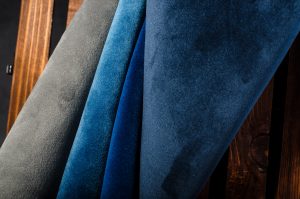
Interior Design
Which is Better: Velour vs Velvet Fabric
Modified: December 6, 2023
Want to tell the difference between velour vs velvet? Take a deep dive with us on each fabric's characteristics, manufacturing process, and more right here!
(Many of the links in this article redirect to a specific reviewed product. Your purchase of these products through affiliate links helps to generate commission for Storables.com, at no extra cost. Learn more)
Velvet and velour may seem similar at first glance. But, a closer look into their composition and history shows some key differences. With both fabrics now easily accessible, their use cases are beginning to overlap. So, which one is better for what? Let’s take a deep dive into velour vs velvet to find out.
What Is Velvet Fabric?
Let’s start with a quick definition. Velvet is a soft and luxurious type of pile fabric often used for clothes, furniture, and decor. Pile fabrics are three-dimensional bolts of cloth that have an extra layer of plush, carpet-like texture on top. For velvet, this extra layer is created by interweaving threads between two flat fabric bases. From this process, a thick criss-cross pattern is formed in the middle of both bases. The threads are then cut clean through the center, creating two separate bolts of velvet from a single weave.
Read more: Porcelain vs Ceramic Tile: Which Is Better
Pros
Velvet is much harder to make than most flat fabrics. However, the added effort makes all the difference. It’s surprisingly sturdy and can last years when well taken care of. Also, with the added plush pile, velvet literally stands out against other fabrics. Visually, it catches the light in a very specific way, seeming to shift as you move around it. Colors are more striking and unique thanks to the thickness and added surface area of the pile. The fabric’s texture is also quite distinct. Premium velvets in particular are incredibly soft to the touch and elicit a sense of splendor.
The long and short of it is that velvet has a reputation as one of the most premium fabrics on the market. In the past, velvet was made using pure silk, making it popular with the nobility and the upper class. Today, it’s become a staple in luxury furniture and fashion. Velvet has become widely available for anyone to enjoy, though it still carries a somewhat weighty price tag. With its rich history and unique characteristics though, many consider velvet worth its cost.
Cons
Unfortunately, velvet does come with a few caveats other than its high price. Because of its makeup, velvet is more prone to getting pet hair and dust stuck between its pile fibers. It thus needs to be cleaned and brushed a little more often than flat fabrics. Some less sturdy velvets also bruise easily, meaning their piles get stuck in unsightly creases or blotches. This isn’t a fabric for rough use.
Finally, when not treated, velvet can soak up liquids very quickly. Spills and stains are much less forgiving when they’re absorbed into the fabric. Some velvet manufacturers circumvent this by applying stain-resistant coatings or using different materials. When purchasing velvet, try to find out if the manufacturer was able to treat this specific problem.
In summary, velvet is a luxury fabric well known for its premium look, feel, and lifespan. Unfortunately, it also suffers from a few problems such as bruising and easy stains. We’ve summarized the pros and cons of velvet below.
Pros and Cons of Velvet Fabric
Pros
- Long-lasting material
- Very soft pile
- Premium appearance
- Luxury reputation
Cons
- May bruise and stain easily
- Prone to attracting pet hair and dust
- More expensive than other fabrics
What Is Velvet Fabric Made Of?
Traditionally, velvet was made with pure silk, hence the high price tag. These days, however, velvet can be made from almost any sort of material. Silk, cotton, wool, or even synthetic fibers can be used to make the iconic fabric. Of course, not all of these materials are created equal. Certain synthetic velvet materials, such as high-quality polyester, are less prone to stains and bruises. Other materials, like pure cotton, are more sensitive to bruising and stains. That being said, cotton is still the softer, more natural-feeling fiber to use. It’s also cooler against the skin and produces a different final look – more matte than shiny.
In the end, choosing the right velvet fabric is a balancing act of pros and cons. You need to assess what the velvet is being used for and the hazards posed to it. For instance, if you want a velvet couch but have excitable children around, polyester velvet will suit your needs best. A blend of cotton and some other fiber may also be viable if you have older children or live on your own. It’s important to take a look at the different velvet materials available and research from there. You’ll find your perfect blend in no time!
Read more: Linoleum Vs Vinyl Flooring: Which is Better?
Types of Velvet Fabric
Now that we’ve established that velvet can be made from a myriad of different materials, you may be wondering what we mean by “types” of velvet fabric. For the most part, the type of velvet is decided by how it was constructed or how it was processed. The normal velvet that we described above is the base for all of these. Let’s take a look at all the different ways this formula can be changed.
Crushed and Panne Velvet
Crushed velvet is a purposely-bruised material that has a crumpled look even when stretched out. To get this effect, the velvet is first wet and then twisted before being allowed to dry. The pile portion of the cloth may also be pressed in different directions to achieve the same look. It adds that extra bit of texture to the typical velvet.
Subsequently, panne velvet is a subset of crushed velvet. The pile layer is pushed in one direction, resulting in a more uniform look than other crushed velvets. Interestingly, the panne method of crushing can also be applied to velour.
Embossed Velvet
Embossed velvet is another uniquely styled type of fabric. Here, a pattern is embedded into the velvet’s pile. A heat stamp is used to press the design into the fabric, creating its signature embossment. The process results in more ornate and styled patterns than crushed and panne velvets. This particular style is popular with furniture upholstery and other home decors. Embossed velvet is truly a unique blend of piled and flat fabrics.
Cotton Velvet
Cotton velvet is a more muted, matte fabric compared to the glossier silk or synthetic types. It’s usually the one people look for when they want a plain velvet design. The cotton material is particularly soft and breathable, making it excellent for sheets and beddings.
Stretch Velvet
Stretch velvet has spandex or other stretchy fabrics integrated into the cloth to allow it some give. Many other types of velvet overlap with stretch velvet. The way these velvets conform easily to the shape of your body makes them the best for certain types of clothes.
Now that we’ve had a good look at velvet, let’s move on to the other side of our velour vs velvet debate.
What is Velour Fabric
Velour is known as velvet’s more affordable twin. The fabric closely mimics the look and feel of its illustrious counterpart. Velour is also a pile fabric, but it’s woven quite differently. Instead of having two sets of bolts prepared at once, velour is instead made one bolt at a time. Its pile and base layers are made by thickly knitting yarn into loops. The loops are then cut at the ends, producing a soft, matte velour texture.
Read more: Porcelain vs Ceramic Tile: Which Is Better
Pros
Thanks to its knitted structure, velour is naturally more stretchy than most velvets. This makes it an easy choice for comfy clothing. Velour fabric is also machine-washable, making it easy to clean. The ’60s and ’70s in particular were when velour clothing hit its peak. Velour fabric was worn as statement pieces by the younger generation at the time. It’s interesting to note that the influences of this era can still be seen today in the fashionable tracksuit market.
Velour fabric has the soft, signature texture of pile fabric. But, it’s still produced and sold at a fraction of velvet’s cost. For this reason, velour is now a popular choice for furniture. Its weight and how it drapes as it falls have also made it a popular choice for stage curtains.
Cons
Like velvet, velour has its drawbacks. It attracts dirt in the same way, and it stains easily since it’s a pile fabric. Velour also doesn’t have the same allure as velvet. In the ’60s and ’70s, velour was popular as an affront to traditional fashion preferences. As such, it is still considered a rather divisive material for fashion these days.
In terms of availability, velvet is just as easy to find as velour. Thanks to improvements in technique and machinery, velvet fabric has become much easier to manufacture. Thus, velour no longer has as much of a lead on velvet in terms of production time.
Read more: Bamboo vs Cotton Sheets: Which is Better?
Pros and Cons of Velour Fabric
Pros
- Easier to produce
- More affordable than velvet
- Stretchy, knitted design is excellent for clothing
- Drapes beautifully
Cons
- Attracts dirt easily
- Not as historically beloved as velvet
What Is Velour Made Of?
Velour fabric is often made with 100% cotton. Over the years though, a few other synthetic fabrics have been used to weave it. Polyester, spandex, and polycotton are the new favorites for creating velour. We go into more of a deep dive on these types below, so keep reading!
Types of Velour Fabric
Velour fabrics can be broken down into two main categories. These are cotton velour and the synthetic velour.
Cotton Velour
Cotton was the original contributing factor to velour’s cheaper price tag. While, velvet needed a complex weaving process and used expensive silk threads, velour, on the other hand, didn’t require the double-bolt method to be woven. In addition, it used natural and easy-to-produce cotton.
The modern cotton velour is now widely incorporated into bathroom accessories such as towels and bathrobes. In the past, cotton velour was also incredibly popular for theater houses around the country. It was their go-to choice for curtains.
Synthetic Velour
In recent years, cotton velour has been replaced in many sectors by cheaper synthetic velour. Synthetic velour is often made from polyester and polycotton. The threads need not be purely one material, though. Blending is very common in synthetic velour. Sometimes a piece will have a percentage of cotton or polycotton mixed in with the polyester. Even latex may be added to the weave to increase stretchiness.
Of course, this type of velour doesn’t have the same texture and breathability as pure cotton velour. It can, however, mimic the feel close enough. Telling the difference based on sight alone is more difficult. Stage curtains in particular have been using synthetic velour for years instead of the more costly cotton velour. We’re willing to bet most are unaware of this difference unless told.
Which is Better? Velour vs Velvet
So, now that we’ve finished our deep dive into velour and velvet, let’s go back to our original question. Is there a winner in the velour vs velvet debate? Let’s take a look at the facts thus far.
Renown of Velour vs Velvet
We start with reputation. Velvet has been known as a premium fabric for many years. It’s still used today to add a luxe feel to modern homes. Meanwhile, velour was once mostly known for furniture upholstery. It was even made fun of when used in clothing.
Velvet no doubt has the longer, more renowned history here, and for good reason. Processing velvet takes much more effort than velour, and traditional velvet only uses the finest of silks. Velour, however, has an interesting history of its own as a fabric for statement pieces. It tends to return to the fashion scene now and again, rather than lingering as velvet tends to do.
Production Quality of Velour vs Velvet
Next, we look at the makeup of velour vs velvet. The velvet material is known to be sturdy when well taken care of. However, it’s also known to stain easily when not treated beforehand. While velour is also prone to these stains, its shorter and denser piles tend to repel liquids a little better. This feature also makes it more resilient to the bruising that all pile fabrics go through.
A few other key differences arise the closer you look. For instance, velour and velvet textures are very similar, but they’re easy to tell apart if you know what you’re looking for. Velvet has a fuller, softer feel thanks to its longer piles. This makes it especially enjoyable to touch.
Another thing to consider is the natural state of velour vs velvet. Velour is naturally flame retardant and stretchy. These are features that velvet does not possess. For flame retardancy, velvet would need to be treated in the factory. Furthermore, to make stretch velvet, a special blend of fabrics needs to be included in the weave.
Read more: Satin Vs Matte Paint: Which Is Better Where?
Pricing of Velour vs Velvet
Finally, it’s time to consider what velour vs velvet will do to your wallet. Velour is the clear budget option here. It’s easier than velvet to weave and it can make use of all sorts of synthetic fabrics, leading to a cheaper price point. You’re paying a premium for velvet most of the time. That increased cost goes into weave quality and creation.
The Answer to Velour vs Velvet
In summary, if you’re looking for a renowned and more traditionally luxurious product, we recommend going for treated velvet. However, velour is a viable option if you’re on a budget. In the end, you get to decide what’s more important to you and how much you’re willing to spend for that premium look and feel.
Frequently Asked Questions about Which Is Better: Velour Vs Velvet Fabric
-
Read more: Linen vs Cotton: Which Make Better Sheets?
Is velour a type of velvet?
While similar, velour is an entirely different type of fabric from velvet. The difference lies in the weave. Velour is a knitted fabric that’s looped and snipped to create its signature carpet-like pile layer. Velvet, on the other hand, is made with a complex web of yarn woven between two base flat fabrics. A blade is then sliced through the center, creating two bolts of identical velvet fabric.
-
Is velour fake velvet?
In the 1840s, velour was treated as a sort of fake velvet. Velour was the cheaper, easier-to-make upholstery alternative to velvet for years. Fast forward to the present day and many velvet and velour use cases still overlap. But, each fabric has its own key pros and cons. Velour can be considered a fake velvet, but some may argue that it’s come into its own enough to outgrow the title.
-
Is velour a good fabric?
Velour is a very good piled fabric, especially for its affordable price. With natural fire resistance and decent stretch, it’s both safe and flexible. Velour may not match velvet in renown, but it holds its own against it in terms of look and feel.
Conclusion on Velour vs Velvet
It’s undeniable that velour and velvet have very striking similarities. We hope this look into their manufacturing process and type give you a better grasp of their differences. Whether you decide to go for the traditional paragon of luxury fabric or its feature-rich copycat, velour vs velvet, you’re in for an absolute treat.
Was this page helpful?
At Storables.com, we guarantee accurate and reliable information. Our content, validated by Expert Board Contributors, is crafted following stringent Editorial Policies. We're committed to providing you with well-researched, expert-backed insights for all your informational needs.
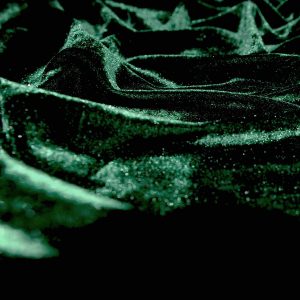
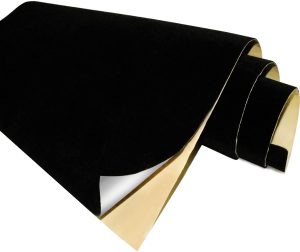
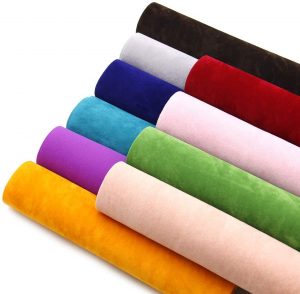
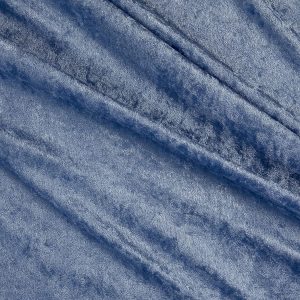
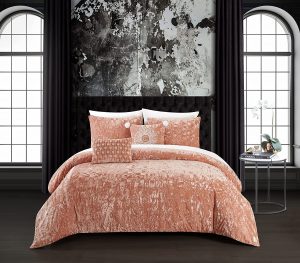
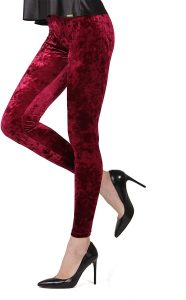
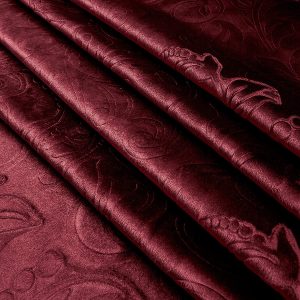
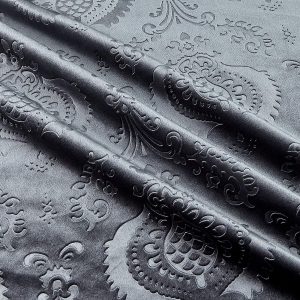
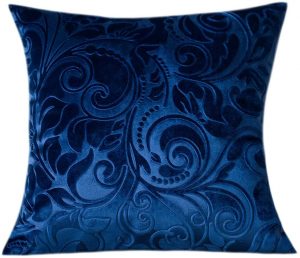
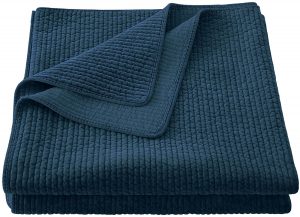
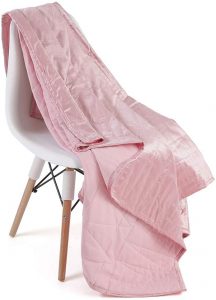
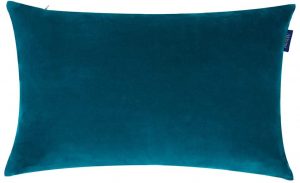
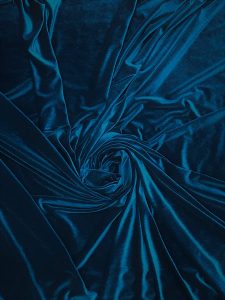
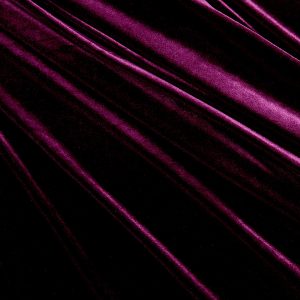
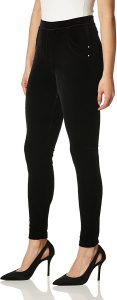
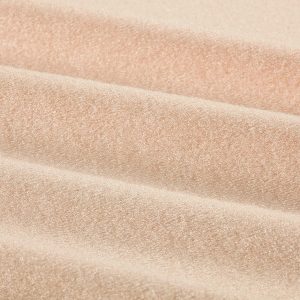
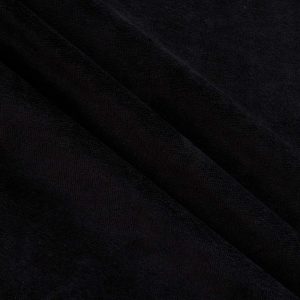
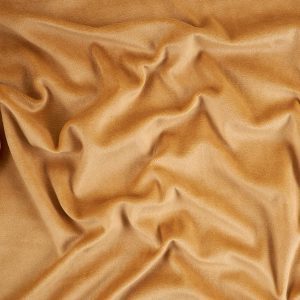
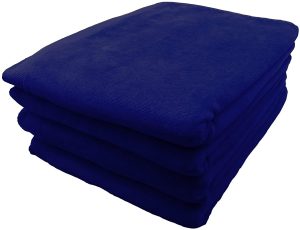



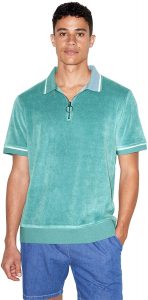
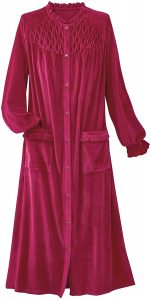

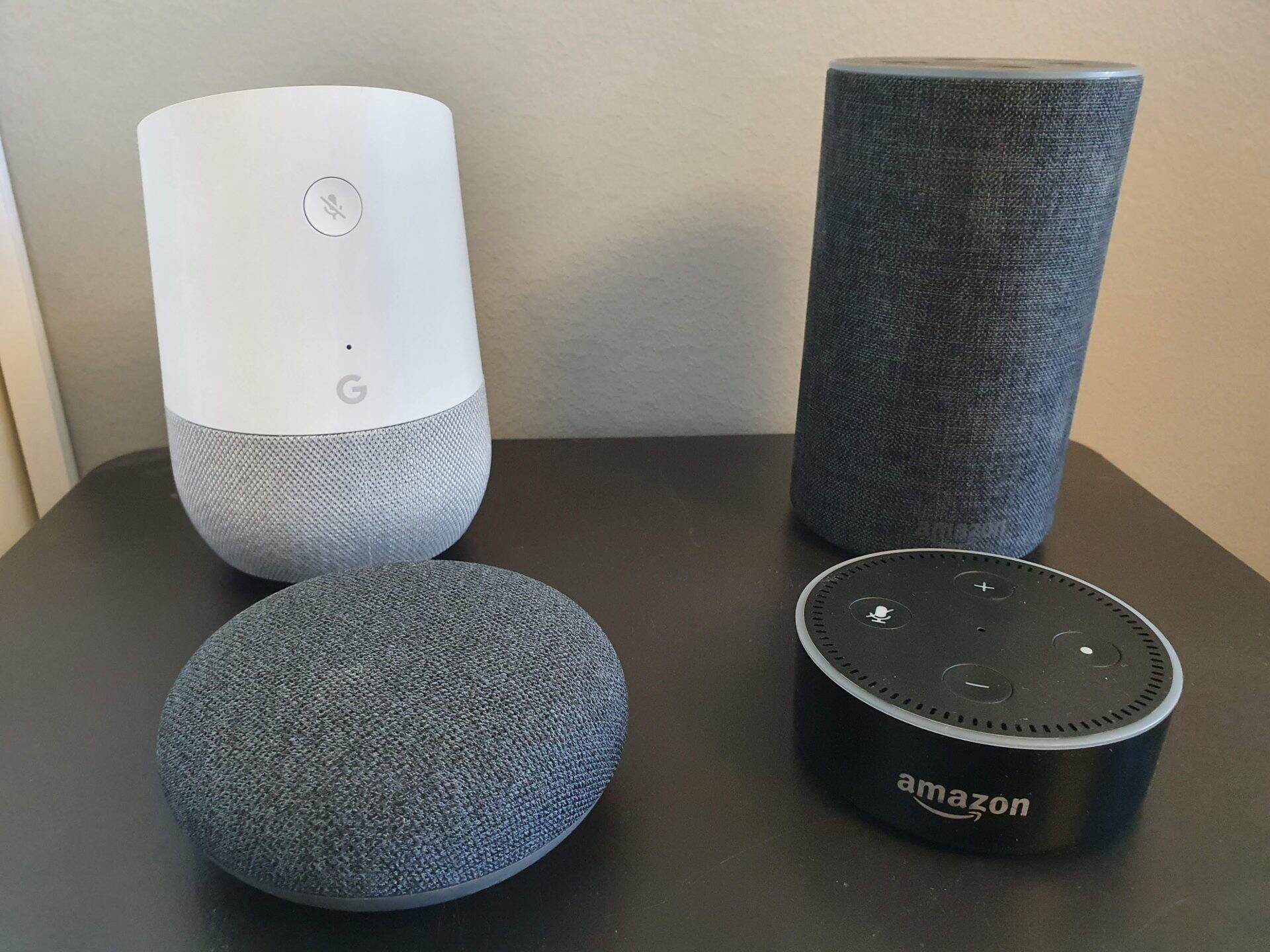
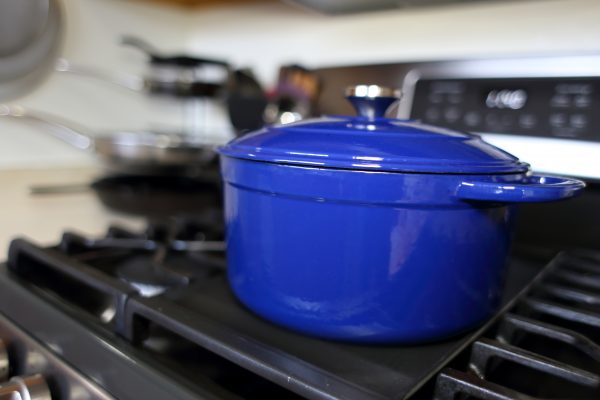
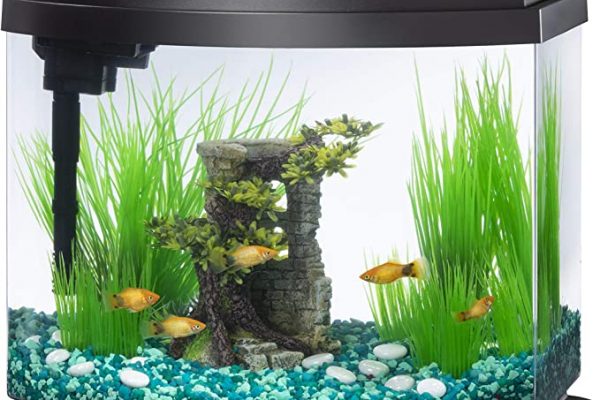

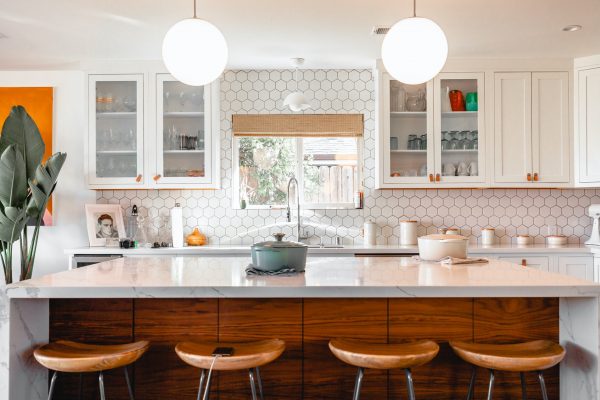
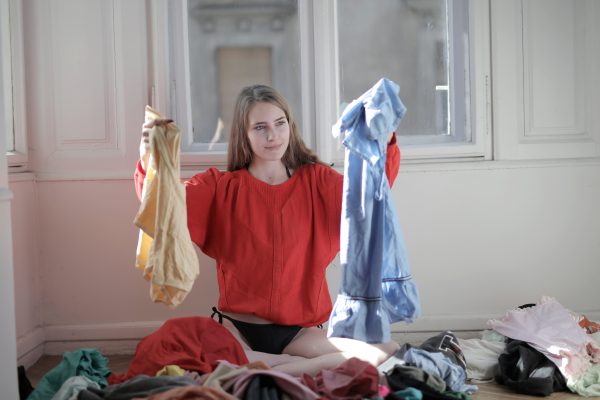
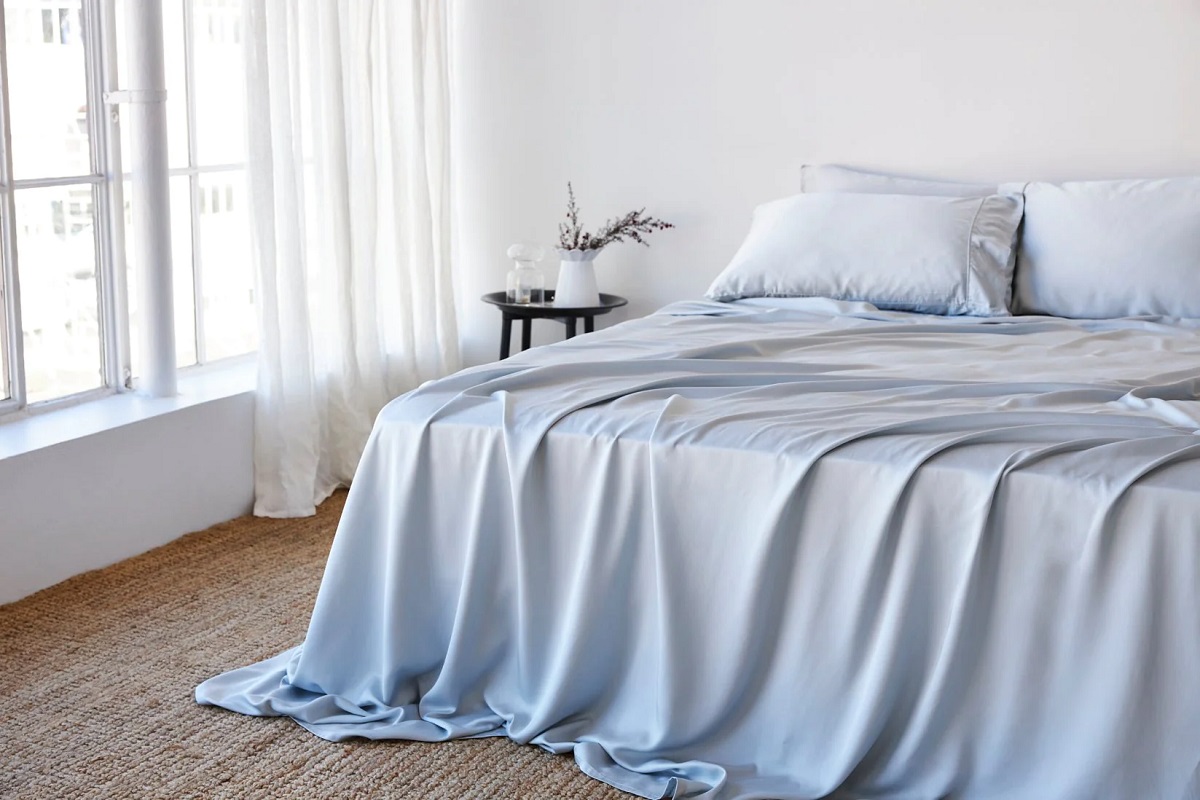
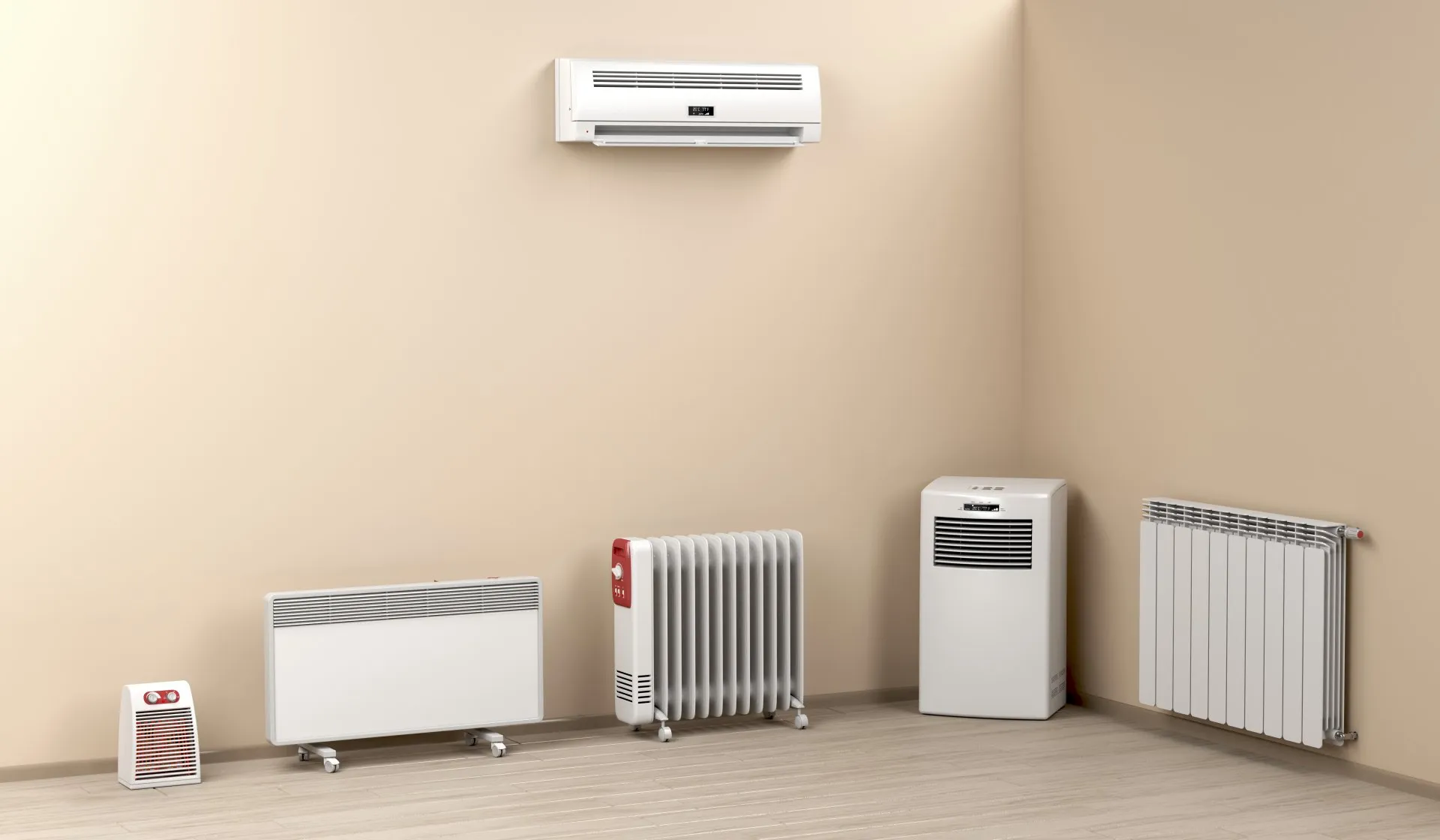

0 thoughts on “Which is Better: Velour vs Velvet Fabric”